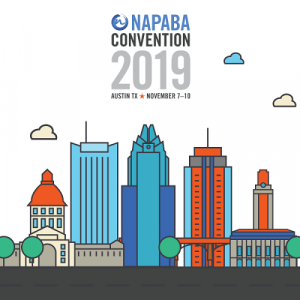In the November 7, 2019 edition of The Legal Intelligencer Edward T. Kang, managing member of Kang Haggerty wrote “When to Hire Outside Lawyers to Conduct an Internal Investigation.”
The call for an internal investigation, not unique in the wake of the #MeToo movement, is not simply confined to the media and entertainment industries—although we may know more about them due to the high profile of many of those involved.
Recently, a number of high-profile female journalists associated with NBC News called for its parent company, Comcast, to begin an internal investigation to address alleged sexual harassment within the news network’s workplace. As one of the country’s most successful corporations, Comcast, based here in Philadelphia, is faced with a need duplicated by many Fortune 500 companies—hiring outside counsel to investigate an internal matter.
Megyn Kelly and Gretchen Carlson, key figures in exposing the decades of misconduct by the late Roger Ailes, have been vocal in their support of the need for an internal investigation. In that case, Fox failed to address complaints aimed at the former chair and CEO of Fox News. The allegations detailed in Ronan Farrow’s current best seller, “Catch and Kill,” not only reveals the depth of the issues, but highlights the potential damage to the profile of a successful business. The letter signed by Kelly and Carlson reiterated claims of a “corporate culture of widespread sexual harassment and abuse.”
The call for an internal investigation, not unique in the wake of the #MeToo movement, is not simply confined to the media and entertainment industries—although we may know more about them due to the high profile of many of those involved. Continue reading ›
 Kang Haggerty News
Kang Haggerty News


 Kang Haggerty managing member
Kang Haggerty managing member 

